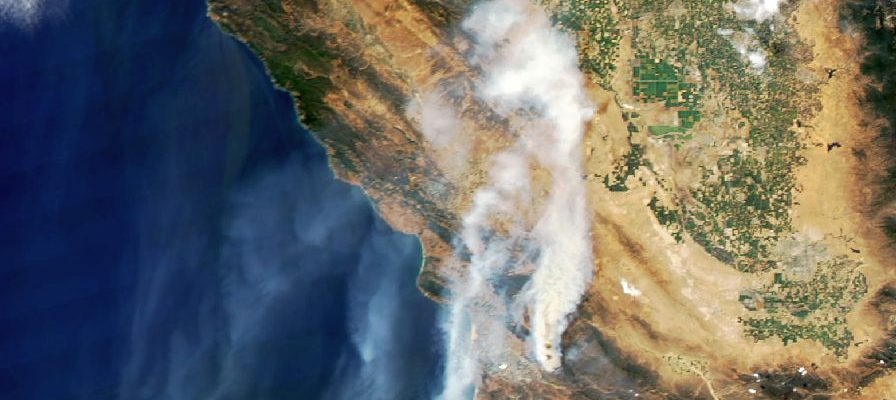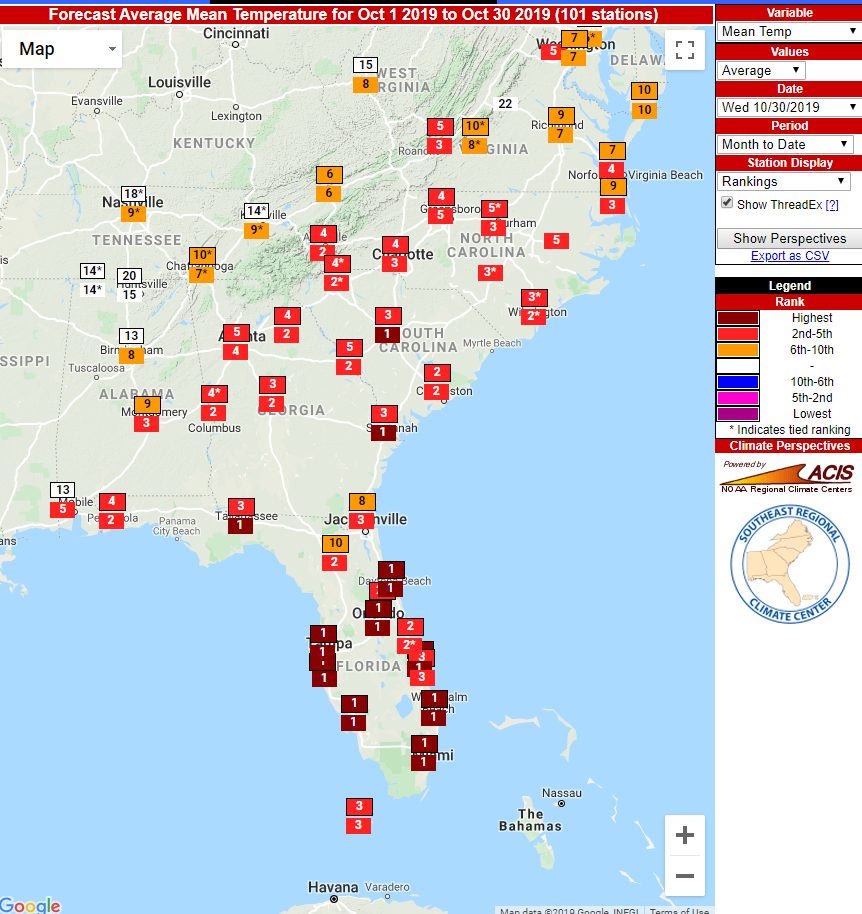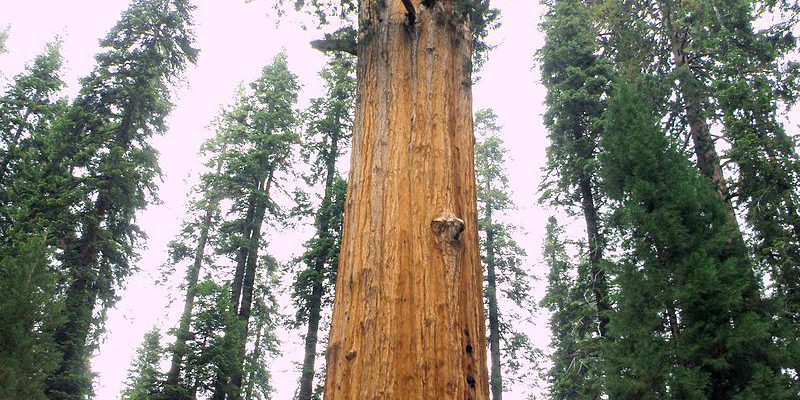Climate and Ag in the news
-

I can’t let Halloween go without putting up a couple of spooky climate stories. Here are two. Vampire bats live naturally in Central and South America, but have been moving north with the warmer climate. They can weaken cattle by sucking blood from the animals and can sometimes carry diseases like rabies. You can read…
Posted in: Climate and Ag in the news -

Although many areas of Georgia have seen good amounts of rain in the last week, some areas have still been missed and are quite dry. UGA peach specialist Dario Chavez reminds peach farmers that watering your trees in the off-season will help them survive the drought and improve production next year in this article at…
-

Since there is a chance of severe weather today, I thought this article about television meteorologists and severe weather warnings might be appropriate. After every severe weather event, if television meteorologists break into regular shows (whether sports, Dancing with the Stars, or a favorite drama), they get slammed by viewers complaining about the coverage. This…
Posted in: Climate and Ag in the news -

You’ve probably heard about the massive forest fires that are spreading through parts of California, and you might have even seen some of the images of smoke and flames associated with the fires. But while the fires are affecting the forests in the area, they are also causing problems for agricultural producers. The Southeast Farm…
-

Occasionally I get asked if and how climate change is affecting extreme weather in the Southeast. This has come up more frequently in the past few years with all of the hurricanes which have impacted agriculture in the past few years, including Matthew, Florence, Irma, and Michael. Here is a lengthy but useful description of…
-

With just a couple of days left in the month, October 2019 looks like it will be the warmest on record for a number of stations in the Florida peninsula. Many other parts of the Southeast can expect to see one of their top five warmest, according to the statistics from the Southeast Regional Climate…
-

A new study recently published in Nature Communications shows that taller trees in a forest died at more than twice the rate of smaller trees at the end of extreme drought. The research used airborne lidar to sample the health of forests with such detail that they could drill down to individual trees and see…